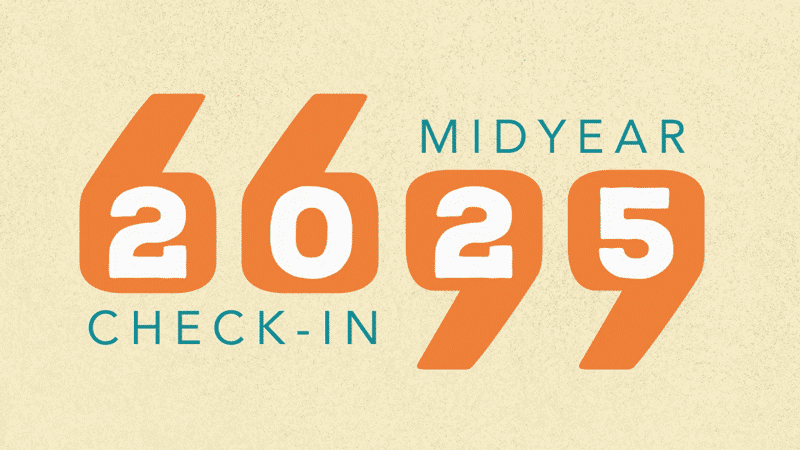
College and career just don’t cut it for options anymore—students in schools now are facing a world that looks very different than previous generations of graduates. What are schools doing to prepare students for the actual future that awaits?
Can K12 credential programs help build a stronger workforce to keep communities thriving?
The big credential
A high school diploma is often the prize students keep their eyes on. If they are unable to earn a high school diploma (due to personal reasons, moving, home school, dropping out, and other life events), a Graduate Equivalency Degree (GED) provides an alternative.Diplomas and GEDs typically only scratch the surface of career and educational application requirements. Other career-oriented credentials can set students apart and provide a competitive edge on their applications.
Other career-building credentials students can pursue
Most of these credentials are specific to industries, which bodes well for students who know which field they’d like to pursue post-graduation. Some examples of credentials students can achieve and use while employed as a high school student include certified nursing assistant (CNA), automotive service excellence certification (ASE), and ServSafe food service certification in restaurants and grocery stores.Beginning in 2019, an organization began tracking how students pursued credentials during their K12 and secondary education. The top 10 student certifications, courtesy of Burning Glass Technologies’ 2020 report Credentials Matter Phase 2, included:
- Microsoft Office Specialist
- NCCR – Core Curriculum
- WISE Financial Literacy Certification
- Adobe Certified Associate
- Basic First Aid
- National Career Readiness Certificate (WorKeys)
- ASE
- Virginia Workplace Readiness Skills for the Commonwealth (obviously state-specific)
- OSHA 10-Hour – General
- ServSafe Manager
In addition, only three certifications in the top 10 are considered to be in high demand by employers: Microsoft Office Specialist, Adobe Certified Associate, and ASE. However, this could differ based on local and regional needs—which has the greatest impact on whether students can use their credentials for employment before graduation.
What can schools do?
First of all, encourage state departments of education to recognize the value of K12 credentials. This unlocks opportunities for state and federal funding. Schools may not be able to simply add credentialing pathways to curriculums without funding.Next, figure out the community and region’s need for workforce development. Community job training doesn’t always have to follow a credential path, but it can help employers screening applicants.
See how one Wisconsin district created a community job training program >>
Finally, consider promoting a credential program as part of certain paths to graduation success. While it might not be possible to require credentials for every graduate, certain students may thrive in a more career-oriented pathway.
As students earn credentials, track their progress in your student information system. These credentials help educators see a complete picture of student progress, interests, and achievements. Credentials make for great discussion material for students and families in conferences.
While “college and career readiness” had a nice ring to it for a decade or more, the freedom to choose a different path means more students can set their sights on success—whatever that looks like for them. Adding credentials into the mix means they have something to show for their achievements.
Follow-up resource: More enrichment for students
Caputure the zest students have for life and channel it into valuable leadership experience in Youth Activism in Schools.WHAT'S NEXT FOR YOUR EDTECH? The right combo of tools & support retains staff and serves students better. We'd love to help. Visit skyward.com/get-started to learn more.

|
Erin Werra Blogger, Researcher, and Edvocate |
Erin Werra is a content writer and strategist at Skyward’s Advancing K12 blog. Her writing about K12 edtech, data, security, social-emotional learning, and leadership has appeared in THE Journal, District Administration, eSchool News, and more. She enjoys puzzling over details to make K12 edtech info accessible for all. Outside of edtech, she’s waxing poetic about motherhood, personality traits, and self-growth.




